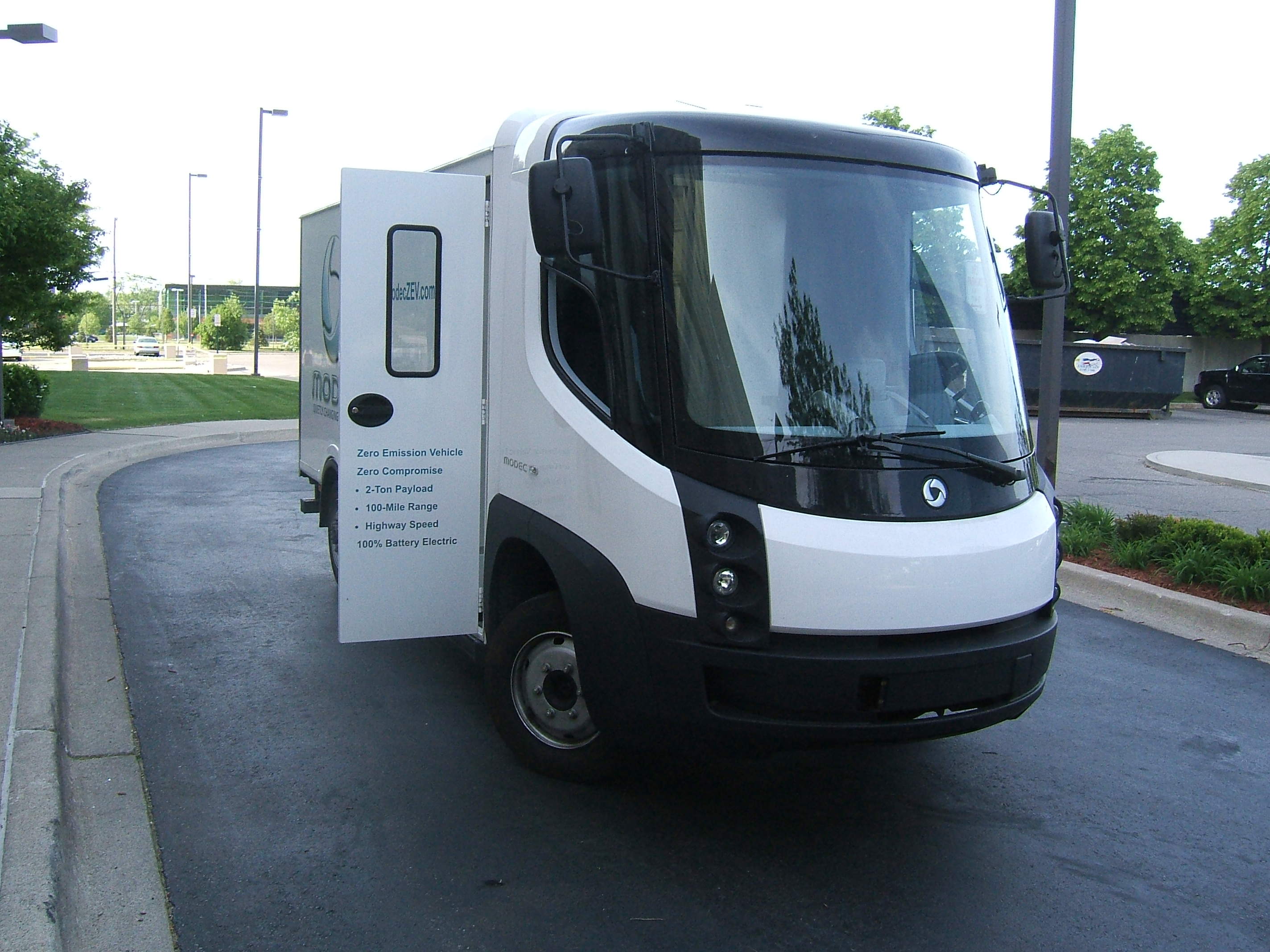The future of mobility is drawing nearer as the UK government published two new documents outlining how it plans to replace conventional methods of transport with environmentally cleaner and more efficient alternatives

UK-based Modec's electric van could be part of the future of mobility
Electric cargo bikes, quadricycles and micro vehicles could replace vans and lorries in the UK as part of a “Future of Mobility” strategy.
With more than four million vans and 300,000 heavy goods vehicles (HGVs) on the road already – safer, more accessible and more environmentally-friendly methods of transport are high on the agenda.
The government today (30 July) published the Last Mile and Future of Mobility call for evidence documents as it moves closer towards forever changing the way people, goods and services move around the country.
It represents the beginning of Britain’s Future of Mobility Grand Challenge and the roadmap for reaching its goal for all new cars and vans to have zero emissions by 2040.
Transport Minister Jesse Norman said: “The UK has a long and proud history of leading the world in transport innovation and our Future of Mobility Grand Challenge is designed to ensure this continues.
“We are on the cusp of an exciting and profound change in how people, goods and services move around the country, which is set to be driven by extraordinary innovation.
“This could bring significant benefits to people right across the country and presents enormous economic opportunities for the UK, with autonomous vehicle sales set to be worth up to £52bn by 2035.
“Our Last Mile call for evidence and Future of Mobility call for evidence mark just one stage in our push to make the most of these inviting opportunities.”

The roadmap for the future of mobility
The government documents published today covered the following areas:
- Cleaner transport – lower battery prices, advancements in electric vehicles and the more efficient alternative fuels will reduce emissions from existing and future modes of transport.
- Automation – improved sensors, increased computing power and artificial intelligence (AI) are helping realise automation in transport.
- Data and connectivity – internet connected vehicles can link with each other to reduce road congestion, and with traffic lights and motorway signs which to reduce traffic build up.
- New modes – aerial passenger vehicles are set to appear in urban areas, while the lines between taxis and buses could start to blur.
- Shared mobility – Commercial ride sharing, car rental services, shared-use bikes and other forms of shared transport could reduce congestion.
- Changing consumer attitudes – The way people plan their journeys will change as more users expect to book and pay for transport via their phones.
- New business models – new business models are beginning to emerge, such as mobility as a service (MaaS), which makes payment easier, provides real-time information and allows passengers to book multiple modes of transport online
Ian Robertson, Future of Mobility business champion, said: “A transport revolution in the way people and goods move around will see more changes in the next 10 years than the previous 100.
“I’m looking forward to working with the government to help the UK build on its existing strengths and capitalise on that opportunity.”
The government also today confirmed £12.1million of funding for six projects working on the development of connected and autonomous vehicles.


